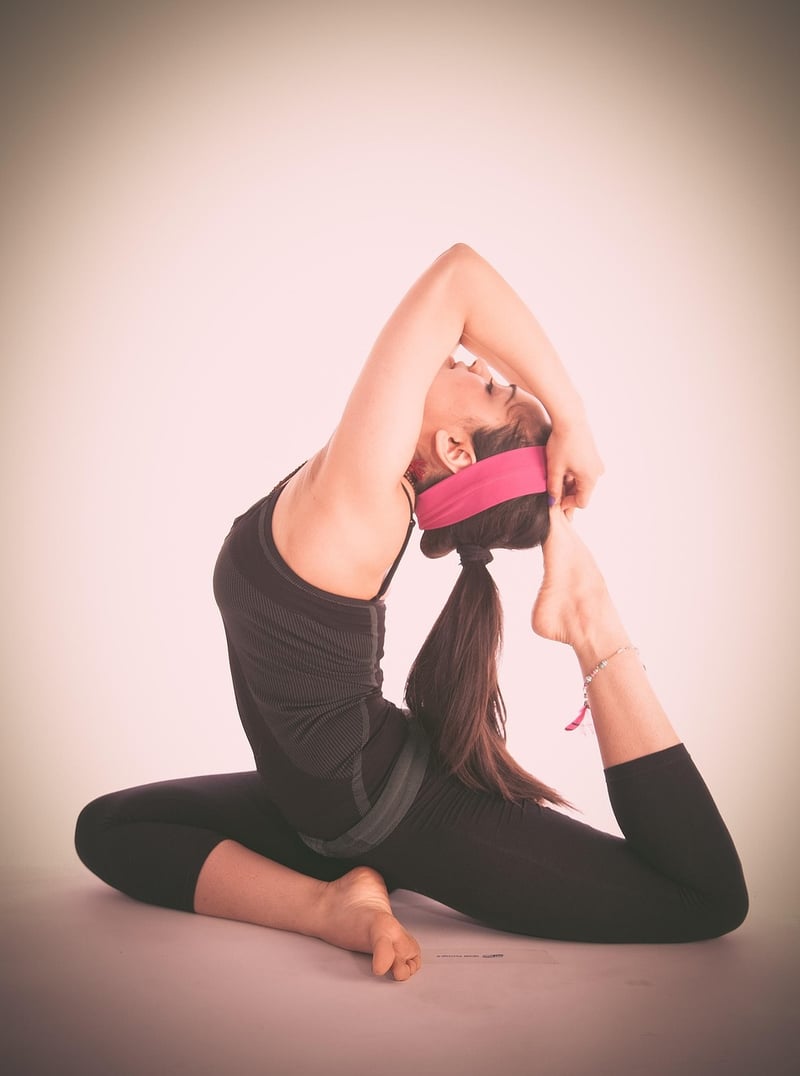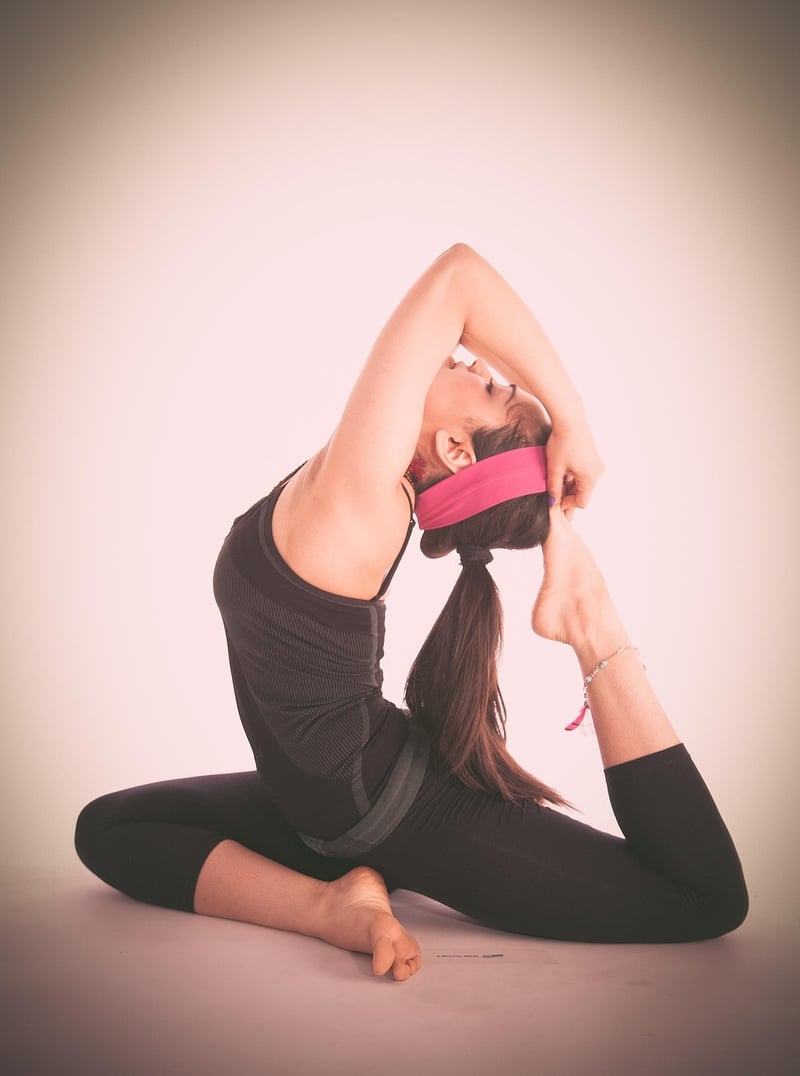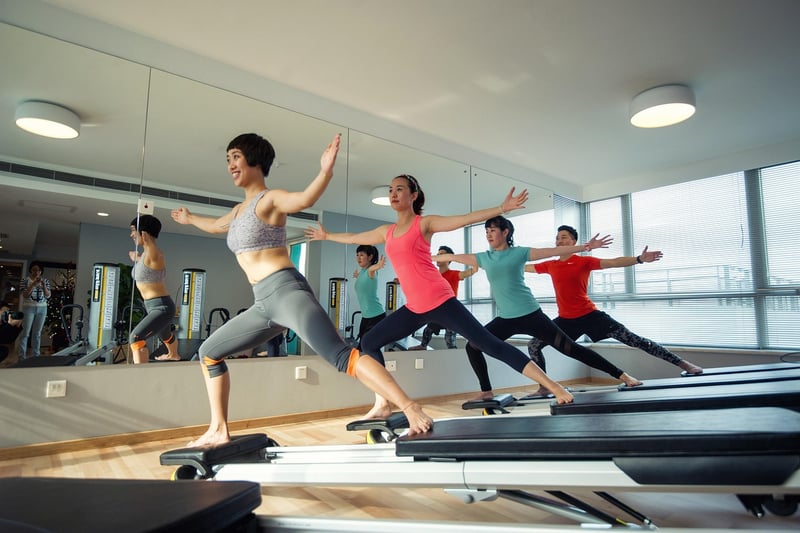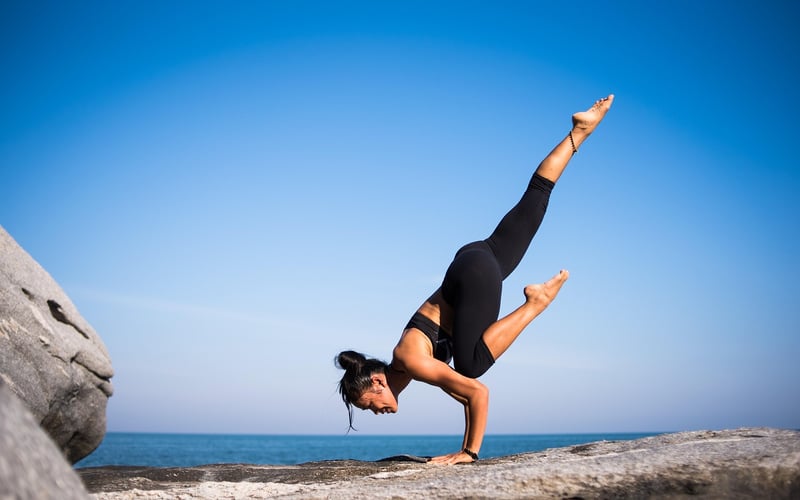Flexibility Exercises
Improving Flexibility and Mobility: Your Guide to Flexibility Exercises
Flexibility and mobility are crucial for overall health and well-being. By incorporating flexibility exercises into your routine, you can improve your range of motion, reduce the risk of injuries, and enhance your athletic performance. Whether you're a fitness enthusiast, an athlete, or simply looking to increase your flexibility, these exercises can benefit everyone. Let's dive into some effective flexibility exercises to help you achieve greater flexibility and mobility.
Benefits of Flexibility Exercises:
- Enhanced range of motion
- Improved posture
- Reduced muscle tension
- Decreased risk of injuries
- Increased blood flow to muscles
- Enhanced athletic performance
Effective Flexibility Exercises:
1. Yoga Poses:
Yoga is an excellent way to improve flexibility, balance, and strength. Poses like Downward Dog, Cobra, and Cat-Cow can help loosen tight muscles and increase flexibility in various parts of the body.

2. Stretching:
Static stretching exercises target specific muscles and help elongate them, improving flexibility over time. Perform stretches like hamstring stretch, quadriceps stretch, and shoulder stretch to enhance flexibility.

3. Pilates:
Pilates focuses on core strength, flexibility, and overall body awareness. Pilates exercises like the Hundred, Roll-Up, and Swan Dive can improve flexibility while strengthening your muscles.

4. Dynamic Stretches:
Dynamic stretches involve moving parts of your body and gradually increasing your range of motion. Exercises like leg swings, arm circles, and torso twists can help warm up your muscles and improve flexibility.

Tips for Safe Stretching:
- Warm up before stretching to prevent injuries.
- Hold each stretch for 15-30 seconds and repeat 2-3 times.
- Avoid bouncing while stretching to prevent muscle strain.
- Breathe deeply and relax into each stretch.
- Listen to your body and avoid overstretching.
By incorporating these flexibility exercises into your workout routine, you can improve your flexibility, mobility, and overall quality of life. Remember to be consistent and patient, as flexibility gains take time. Consult with a fitness professional or healthcare provider before starting any new exercise program, especially if you have pre-existing health conditions. Stay flexible, stay active!
